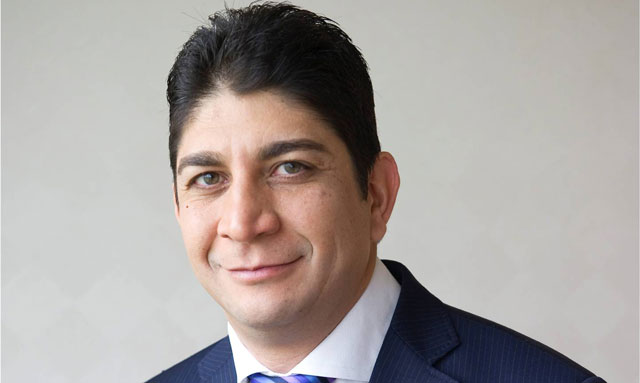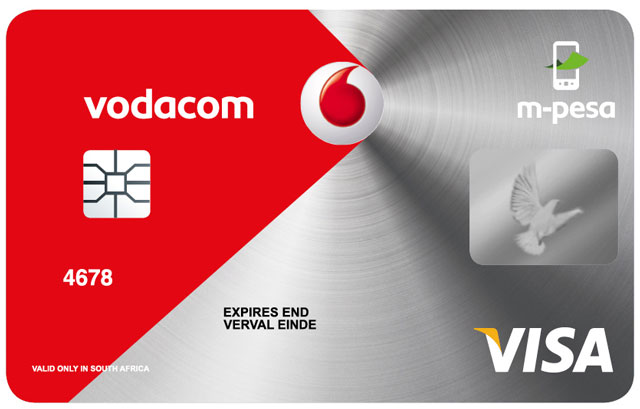
Will it be a case of second time lucky for Vodacom? The mobile operator has finally relaunched M-Pesa, the mobile payments platform that has proved enormously successful in Kenya and Tanzania, in South Africa, hoping it will be more successful in the local market this time around.
M-Pesa was first launched in Kenya in 2007 by Vodacom sister company Safaricom and is now used by more than 18m people in 13 countries for mobile banking and money transfer services.
“Vodacom introduced m-pesa to South Africa in 2010 and while the initial take up was strong with more than one million people signing up, it hasn’t so far enjoyed the overwhelming uptake seen in markets like Kenya and Tanzania,” Vodacom said in a statement.
Seventy percent of adult population in Kenya now uses M-Pesa. Tanzania has also enjoyed big successes, where group accounts make up US$1bn in activity per month and accounts for 21% of service revenue. More than half of Vodacom’s customers in Tanzania uses M-Pesa. By way of comparison, in South Africa maximum uptake was only a million users.
“Over the past two years Vodacom has assembled a new M-Pesa team, bringing in external expertise in banking and mobile payments, and also studied the factors which have held the service back in South Africa and those that made it a success elsewhere,” said Vodacom CEO Shameel Joosub.
Vodacom is hoping M-Pesa will be more successful in South Africa by focusing on four main areas: distribution, registration, functionality and loyalty. Joosub said the company plans an aggressive roll-out of the service to its distribution channel, targeting nearly 30 000 retail outlets before the end of the year.
The revamped M-Pesa service is being launched through 8 000 agents at both informal outlets and at major retail partners. This is 10 times the amount that the service was launched with in 2010.
“It’s not good enough to have an agent at the nearest big town or at a handful of big retail outlets. Kenya and Tanzania taught us that if you need to take a taxi to use the service, it will fail. Instead, you need to have agents where people live and work.”
The second focus area is improving the ease of registration. When M-Pesa was first launched, potential customers had to present their ID in person at a limited number of outlets, Vodacom said. With the revised service, customers can self-register via their phones by entering their name and ID number.
“If a customer would like to enhance the functionality and transaction limits of their M-Pesa account, then all they need to do is take their ID and register in person at one of the roughly a thousand sites set up countrywide,” the company said. These include Vodacom shops, spaza shops and specialized hubs at key points like cash-and-carry outlets.
The company has also partnered with Bidvest Bank and Visa, which has allowed it to add new functionality to the platform to address what Vodacom calls “specific needs” of the South African market. It has ended its agreement with Nedbank, which was its launch partner for M-Pesa in 2010. The new M-Pesa service offers customers a chip-and-Pin Visa card and a voucher system to upload cash.
The M-Pesa Visa card gives customers access to 27 000 ATMs and 240 000 merchants.

The voucher system allows people to convert cash to M-Pesa at Vodacom shops and at selected spaza shops and retailers. The process is similar to buying airtime, it said.
Usage will also be linked to rewards in the form of airtime and other offers, giving an incentive to Vodacom customers to use the service. Initial rewards include a doubling of airtime when purchasing airtime via M-Pesa, and free airtime for activating the Visa card.
“We’ve worked hard to learn from our experience with the service so far, and have come back with something that we think is truly compelling,” Joosub said in the statement. — © 2014 NewsCentral Media




